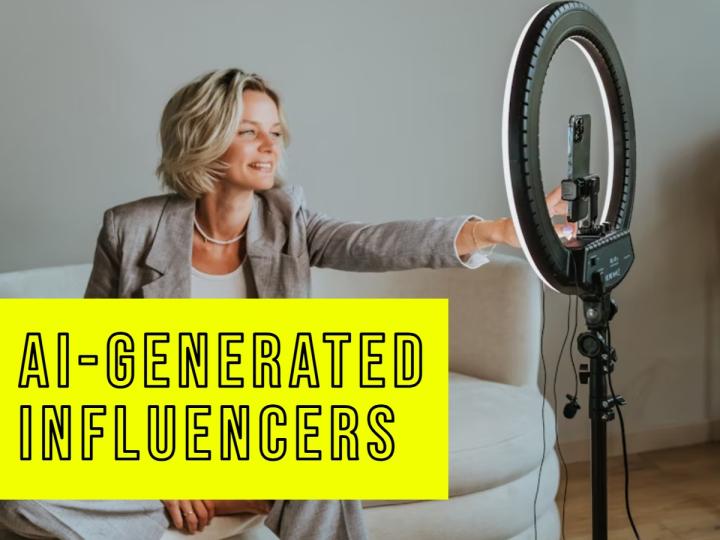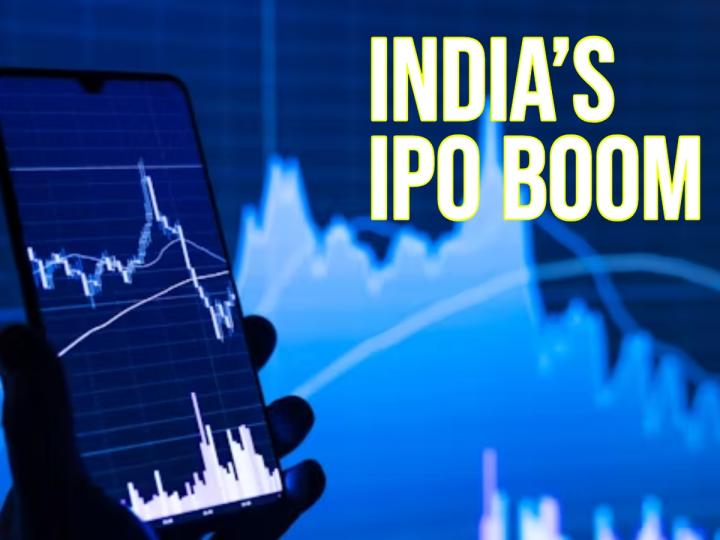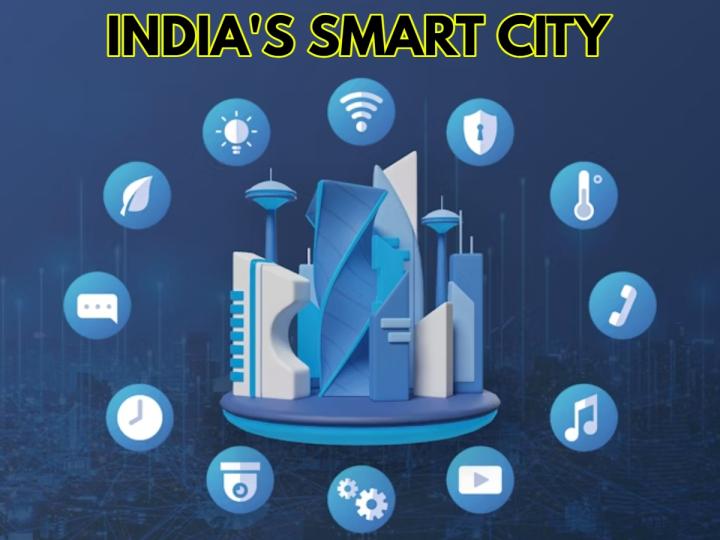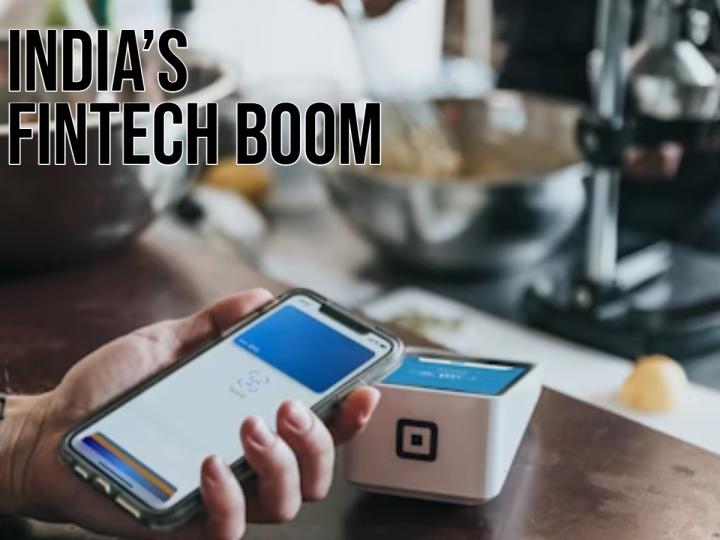
In 2025, India’s entertainment and influencer ecosystem is undergoing a major transformation — driven by the rise of AI-generated influencers. These digital personalities, powered by artificial intelligence and machine learning, are changing how audiences engage with brands, content, and entertainment.
Unlike traditional human influencers, these virtual creators don’t face limitations like time zones, schedules, or personal challenges. They’re available 24/7, can interact with millions simultaneously, and are designed to connect emotionally with audiences through hyper-personalized experiences.
From fashion campaigns to music collaborations and even political awareness drives, AI influencers in India are quickly becoming the next big revolution in digital marketing and entertainment.
AI influencers are not just animated characters; they are intelligent, data-driven digital personas. Crafted using a blend of AI modeling, 3D design, natural language processing, and emotional intelligence algorithms, these influencers can simulate authentic conversations, reactions, and expressions.
They act, speak, and respond just like real humans — but with the consistency and scalability that no human influencer can match.
Leading brands and creators are already leveraging AI influencers to:
Engage audiences through interactive content, live chats, and virtual appearances.
Promote products in a data-informed, relatable manner.
Host events and campaigns in virtual environments such as Instagram Live, YouTube, and the Metaverse.
Some Indian startups are even developing region-specific AI influencers, designed to speak local languages and connect with cultural nuances — a move that’s rapidly expanding their reach beyond metro cities.
Brands in India are increasingly turning to AI-driven influencers to represent their products. Unlike human influencers, virtual personalities can maintain a consistent tone, never face burnout, and are immune to controversies — making them highly reliable for long-term brand storytelling.
Major companies in fashion, beauty, tech, and even finance are using AI influencers to create personalized ad campaigns and connect with younger, digital-native audiences who value authenticity and innovation.
Artificial intelligence enables influencers to analyze audience behavior in real time. This helps them generate personalized recommendations, videos, and captions that align perfectly with the interests of individual followers.
For example, an AI fashion influencer can automatically suggest outfit combinations based on trending colors and weather forecasts — offering a level of personalization that even human creators struggle to match.
AI-generated influencers significantly reduce production costs. Brands no longer need to spend on travel, sets, or logistics. Campaigns can be created virtually, within hours, instead of weeks. This cost efficiency allows startups and small businesses to tap into influencer marketing without huge budgets.
AI influencers don’t sleep, don’t age, and can speak multiple languages — making them perfect for cross-border collaborations. Whether it’s promoting an Indian skincare brand in Japan or launching a Bollywood-inspired campaign in the U.S., AI influencers offer limitless scalability.
In late 2024, a Bengaluru-based fashion startup introduced “Anya,” India’s first AI lifestyle influencer. Within three months, Anya gained over 400,000 Instagram followers and collaborated with two major clothing brands.
What set her apart was her cultural relatability — she spoke English and Hindi, wore regional fashion styles, and shared messages about sustainability and body positivity. Audiences described her as “more real than real influencers,” proving how AI personalities can emotionally connect with followers when built thoughtfully.
One of the biggest challenges with AI influencers is maintaining authenticity. Since they aren’t real humans, some users may question whether their opinions or endorsements are genuine. Brands must ensure transparency by clearly disclosing when a campaign involves a virtual influencer.
The use of AI-generated faces and voices raises ethical questions about consent, representation, and data privacy. It’s crucial for developers to design AI influencers responsibly — avoiding unrealistic beauty standards or cultural stereotypes.
As AI-driven marketing grows, India may soon see guidelines similar to Europe’s AI Transparency Laws, requiring brands to declare when artificial intelligence is being used in content creation. Ethical regulation will be key to maintaining audience trust.
By 2030, experts predict that nearly 30% of influencer campaigns globally will involve some level of AI integration. In India, where social media audiences are expected to exceed 1 billion, AI influencers could redefine the future of digital entertainment, branding, and storytelling.
We might soon see entire AI-based YouTube channels, virtual Bollywood stars, and AI music creators who can compose songs based on audience emotions in real time.
The line between human and digital influence is blurring — and India is at the forefront of that transformation.
AI-generated influencers are not just a futuristic concept — they are already shaping India’s digital creator economy in 2025. From personalized storytelling to cost-efficient marketing and immersive fan engagement, these virtual creators represent the perfect blend of creativity, technology, and innovation.
As AI continues to evolve, we can expect to see even more human-like influencers who redefine how we connect with content and brands online.
For marketers, startups, and content creators, the message is clear: embrace the AI influencer wave early, or risk being left behind.
Stay tuned with TrendifyBuzz for more insights into India’s AI revolution, digital content trends, and the future of entertainment.




